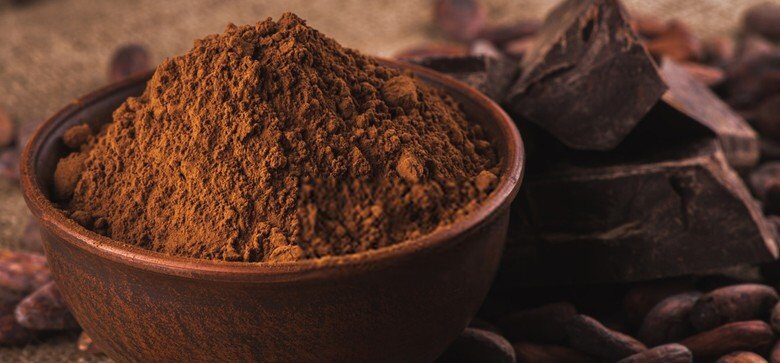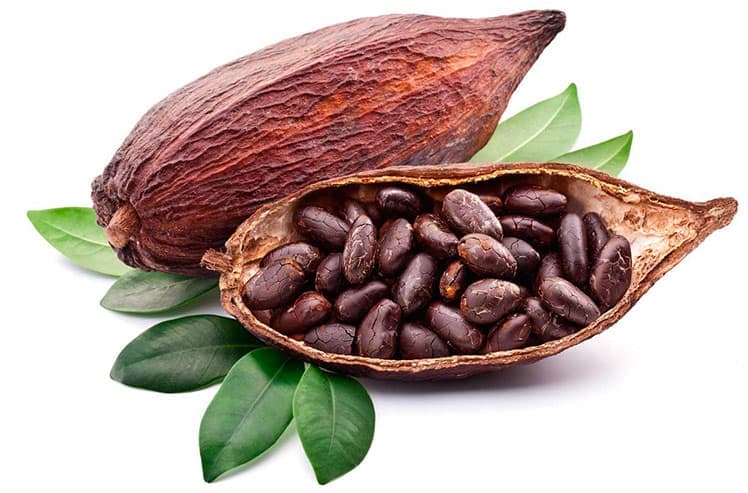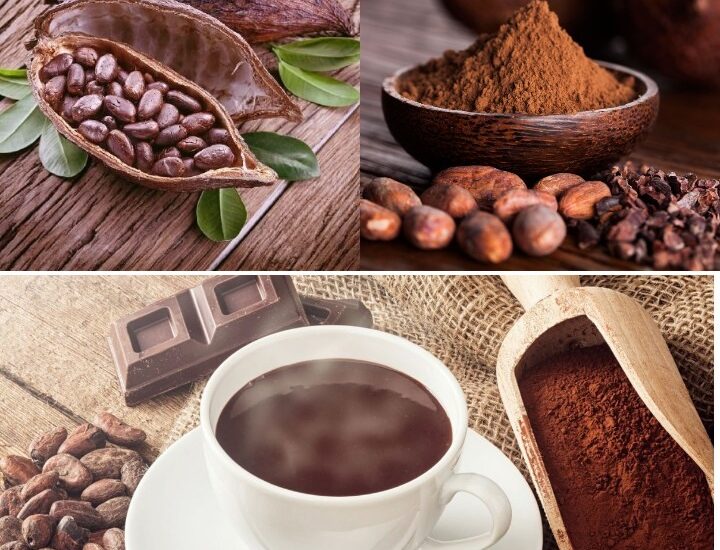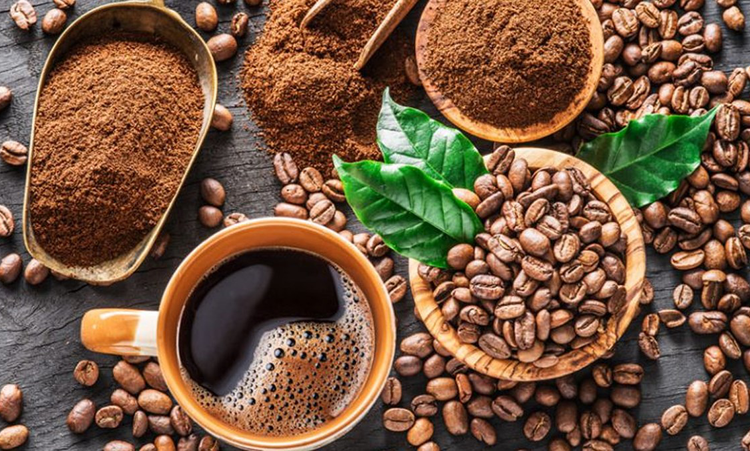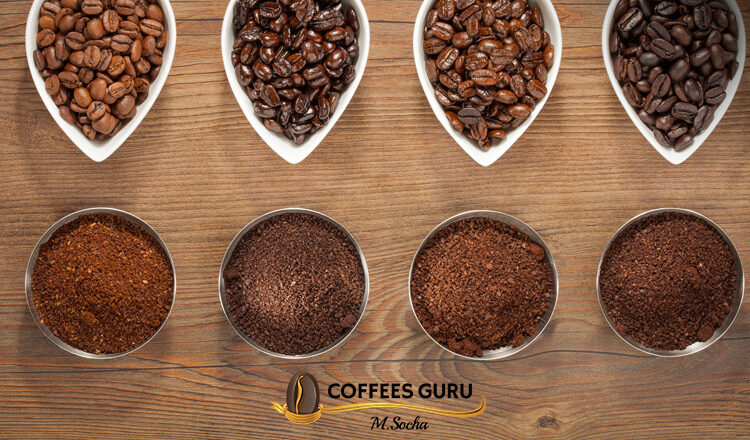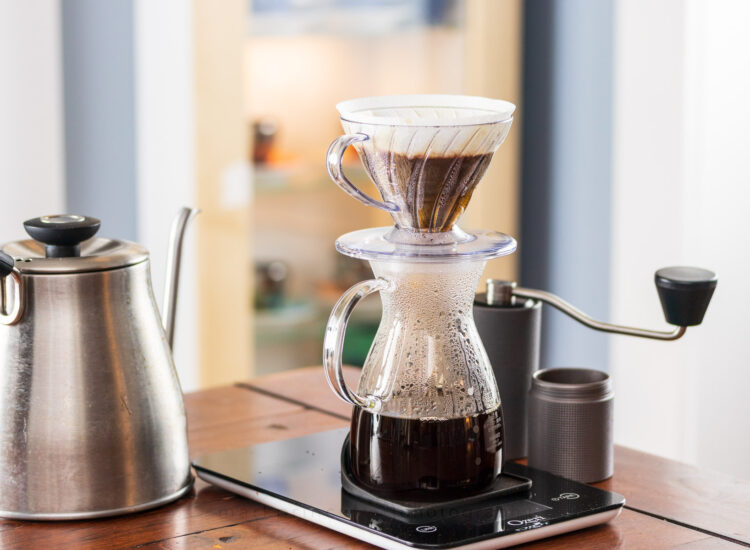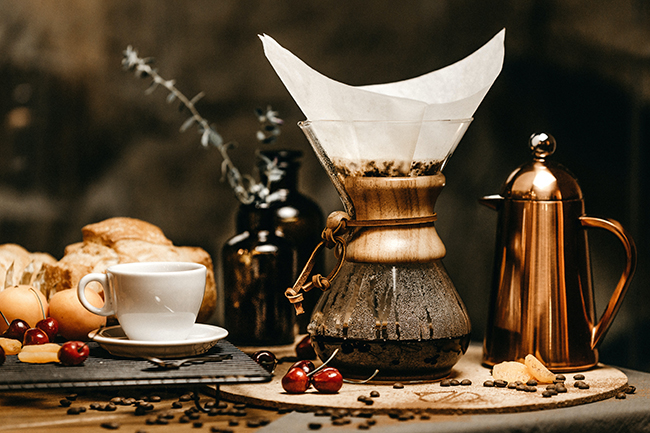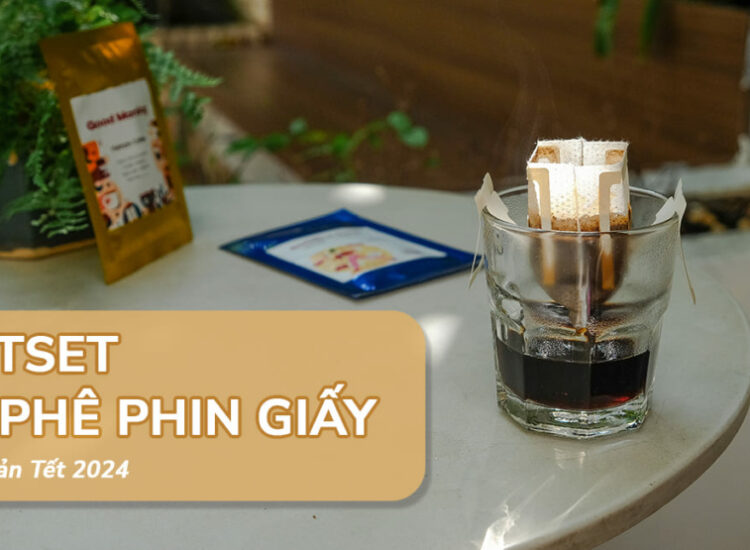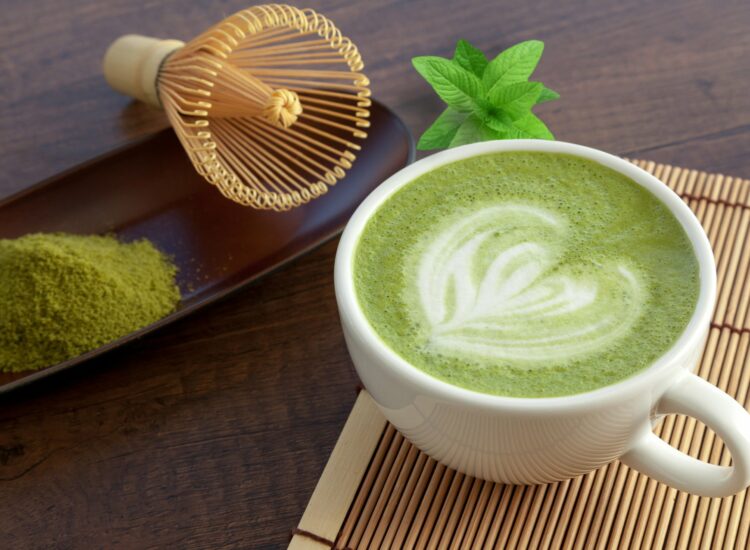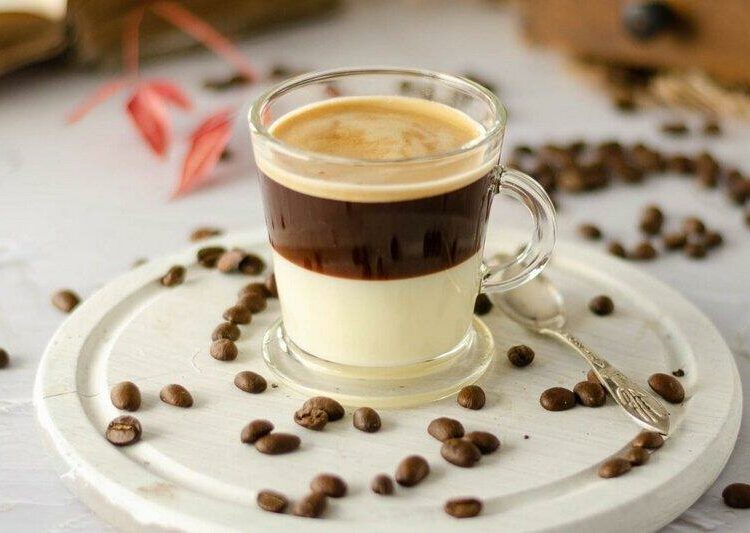Recognizing the Decline: Key Signs That Cocoa Has Gone Bad
Cocoa, whether in the form of powder, nibs, or beans, is a staple in kitchens around the world, prized for its rich flavor and versatility in both sweet and savory applications. As a relatively dry, processed product, cocoa has a reasonably long shelf life compared to many other food items. However, it is not immune to degradation and spoilage. Over time, or if stored improperly, cocoa can lose its desirable qualities, develop off-flavors, and in some cases, become unsafe to consume. Recognizing the signs that cocoa has gone bad is crucial for ensuring the quality of culinary creations and safeguarding health. These signs are primarily detectable through changes in appearance, smell, and taste.
The Nature of Cocoa Products and Degradation
Cocoa powder is produced by grinding cocoa beans and removing most of the cocoa butter. Cocoa nibs are simply crushed, roasted cocoa beans. While low in moisture, these products still contain fats and organic compounds that are susceptible to degradation over time, particularly when exposed to unfavorable environmental conditions. The porous nature of cocoa powder, in particular, makes it prone to absorbing moisture and odors from its surroundings.
It’s important to distinguish between simple degradation (loss of quality, staleness) and outright spoilage (presence of mold or pests). While using degraded cocoa might result in a dish with suboptimal flavor, using spoiled cocoa can be harmful. However, the early signs of spoilage often manifest as degradation, making it wise to discard any cocoa that exhibits significant changes.
Visual Cues: What to Look For
The first line of defense against using bad cocoa is a visual inspection. Several visual cues can indicate that cocoa has deteriorated or spoiled:
Related articles 01:
1. https://cacaocafenewjersey.com/giftset-ca-phe-phin-giay-lua-chon-hoan-hao-cho-ngay-ban-ron
2. https://cacaocafenewjersey.com/choosing-the-right-online-degree-program
3. https://cacaocafenewjersey.com/cach-pha-matcha-latte-theo-cong-thuc-cua-starbucks
4. https://cacaocafenewjersey.com/flat-white-va-latte-ban-da-biet-cach-phan-biet-hai-thuc-uong-nay-chua
5. https://cacaocafenewjersey.com/unlock-the-perfect-brew-exploring-5-delicious-ways-to-make-coffee
- Mold: This is the most definitive sign of outright spoilage. Mold can appear as fuzzy or powdery patches of various colors – white, green, blue, or black. It typically forms on the surface. If you see any signs of mold, the cocoa should be discarded immediately. Mold on porous substances like powder can have unseen roots spreading throughout the product, making it unsafe to simply scoop off the visible part.
- Clumping or Hardening: Cocoa powder should be a relatively fine, loose powder. If it has turned into hard clumps or a solid brick, it’s usually a sign of significant moisture absorption. While slight clumping that breaks apart easily might just indicate suboptimal storage, hard, unyielding clumps mean the texture is compromised, and moisture could encourage bacterial growth or mold development later. This cocoa is past its prime and unlikely to perform well in recipes.
- Color Changes: Fresh cocoa powder has a rich, consistent color (ranging from reddish-brown for natural cocoa to darker brown for Dutch-process). Over time, exposure to air and light can cause the color to fade or become dull. An unusual greyish tint that wasn’t present initially can also be a sign of degradation. This isn’t necessarily dangerous, but indicates a loss of freshness and likely flavor.
- Presence of Pests: Like many dry goods, cocoa products can attract pantry pests such as beetles or larvae. Inspecting the cocoa and its packaging for any signs of insect activity, webbing, or actual pests is crucial. Any indication of pests means the cocoa is contaminated and must be discarded
The Olfactory Aarm: Detecting Off Aromas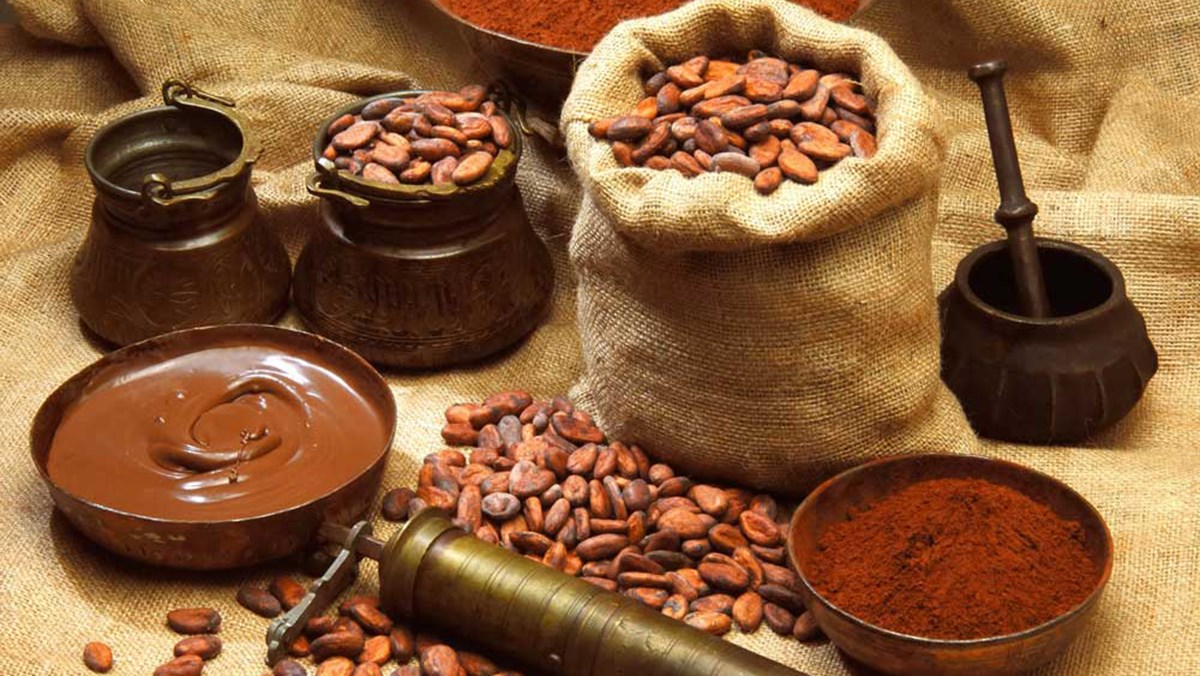
The smell of fresh cocoa is distinctively rich, chocolatey, and often slightly aromatic, with notes that can vary depending on the type and origin. When cocoa starts to go bad, its smell changes significantly. This olfactory test is a critical step in determining its condition.
- Musty or Moldy Smell: A musty or earthy smell, distinct from the pleasant cocoa aroma, is a strong indicator of mold growth, even if it’s not yet visible. A smell that is overtly moldy means the product is spoiled.
- Rancid Smell: Cocoa contains fats, and like other fats, they can oxidize and become rancid over time, especially with exposure to air, light, and heat. Rancidity often manifests as an unpleasant, sharp, waxy, or chemical-like smell. It can sometimes be described as smelling like old crayons or stale oil.
- Stale or Flat Aroma: As cocoa degrades, it loses its volatile aromatic compounds. The rich, complex chocolatey smell diminishes, leaving behind a weak, flat, or lifeless aroma. This indicates a loss of freshness and flavor potency.
- Absorption of Foreign Odors: Cocoa is highly absorbent. If stored near strong-smelling items like spices, coffee, or cleaning products, it can pick up these odors. While not spoilage, per se, using cocoa that smells like garlic or detergent will ruin your recipe.
Any smell that is off, weak, or foreign compared to the expected pleasant cocoa aroma is a sign that the cocoa is past its best and should ideally be replaced, or at least used with caution in less demanding applications after a taste test confirms it’s not rancid or moldy.
The Taste Test: Flavor Degradation and Off Notes
If the visual and smell tests don’t reveal obvious spoilage like mold or rancidity, a small taste test can confirm whether the cocoa is still good to use, especially if visual signs of degradation like clumping or fading are present. Never taste cocoa if you suspect mold or rancidity based on smell or sight.
- Stale Taste: Cocoa that has lost its freshness will taste flat, dull, and lack the characteristic depth and intensity of chocolate flavor. It might taste simply ‘brown’ rather than complexly chocolatey.
- Rancid Taste: This often accompanies a rancid smell and is quite unpleasant. It can be a bitter, acrid, waxy, or chemical taste that overpowers any chocolate flavor. Rancid cocoa should never be used.
- Sourness: While natural cocoa has a slightly acidic profile due to its processing, an overtly sour taste can indicate undesirable microbial activity or improper fermentation before processing. A sour taste that doesn’t seem right suggests the cocoa is spoiled.
- Absence of Flavor: Severely degraded cocoa may have virtually no chocolate flavor left, rendering it useless for its primary purpose.
A pleasant, rich, balanced chocolate flavor (with appropriate bitterness and acidity depending on the type) is the mark of good cocoa. Any significant deviation suggests it should not be used, at least for recipes where cocoa is a primary flavor.
Textural Changes and Other Indicators
While less common primary indicators of spoilage compared to smell and sight, textural changes like hard clumping were mentioned. Other factors include:
Related articles 02:
1. https://cacaocafenewjersey.com/giftset-ca-phe-phin-giay-lua-chon-hoan-hao-cho-ngay-ban-ron
2. https://cacaocafenewjersey.com/nhung-dieu-thu-vi-ve-cafe-bombon-latte-tay-ban-nha
3. https://cacaocafenewjersey.com/applications-of-conversational-ai
4. https://cacaocafenewjersey.com/tra-va-sua-mat-ong-co-nen-ket-hop-voi-nhau
5. https://cacaocafenewjersey.com/cach-pha-matcha-latte-theo-cong-thuc-cua-starbucks
- “Best By” or “Best Before” Dates: These dates are indicators of quality, not safety. Cocoa consumed past this date is unlikely to be harmful if stored correctly and shows no other signs of spoilage, but its flavor and potency will have diminished. An “Expiry Date” (less common for stable dry goods like cocoa powder) would indicate a point after which the manufacturer cannot guarantee safety.
Causes of Spoilage and Prevention
Understanding why cocoa goes bad highlights the importance of proper storage:
- Moisture: The most common culprit for clumping and mold growth. Cocoa should be kept away from steam, humidity, and wet spoons.
- Air/Oxygen: Leads to oxidation of fats, causing rancidity.
- Heat: Can melt fats, affecting texture, and contribute to rancidity. Fluctuating temperatures can also cause condensation inside packaging.
- Light: Can degrade flavor compounds over time.
- Absorption of Odors: Porous cocoa readily absorbs strong smells.
To prevent spoilage and degradation, cocoa should always be stored in an airtight container in a cool, dark, dry place, away from direct sunlight, heat sources (like ovens or stovetops), and strongly fragracked items.
Conclusion
Cocoa is a relatively stable ingredient, but it is not immune to the passage of time and improper handling. Recognizing the signs of spoilage – mold growth, hard clumping, off smells (musty, rancid, flat, foreign), and unpleasant tastes (stale, rancid, sour) – is essential for maintaining culinary quality and ensuring food safety. While simple degradation might only impact flavor, visible mold or signs of pests necessitate immediate disposal. By storing cocoa properly in airtight, cool, dark, and dry conditions, its rich aroma and complex flavor can be preserved, allowing cooks and bakers to fully leverage the magic of this indispensable ingredient. Paying attention to these key indicators ensures that the cocoa used enhances, rather than ruins, the final dish.
